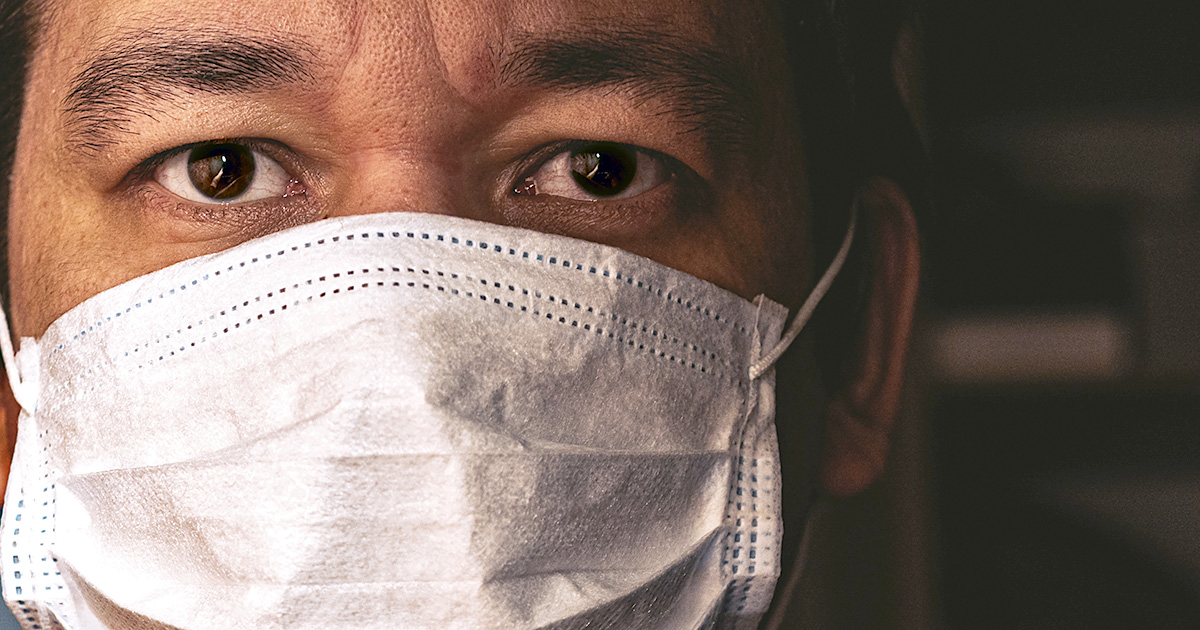As the COVID-19 pandemic continues to surge, current data illustrate the disproportionate number of COVID-19-related illnesses and deaths among Black and Brown families in underserved communities. It may be hard to admit and even harder to read, but COVID-19 has demonstrated the unacceptable depth of our collective desensitization to the death of many Black and Brown Americans. These populations already experience concentrated poverty, condensed housing, and lack of access to essential resources every day. This current reality only serves to highlight that it is past time to advocate for and advance vital reforms to dismantle the systemic racism underlying what we see. As data analytics and technology expose these injustices, they could also be our way out.
We can harness data and technology’s power to reveal our blind spots and expose and acknowledge the broken aspects of our health care and social systems. We can use newly available computational power to uncover insights from a sea of data to uncover where testing gaps and disparities in COVID-19 resources exist and identify where solutions such as telehealth should be invested in and deployed. For example, virtual visits and remote monitoring are two examples of telehealth technology that allow marginalized populations, regardless of location, income, and other social barriers, to obtain proper care. If used correctly, we can leverage such technology to mend the system to serve all people better.
However, we must be careful in our eagerness. We have to recognize that technology is a tool that can be used to foster equity or exacerbate existing disparities. While it can play a critical role in improving health equity, data and technology can and have been used to further health biases. Studies have found that the commercial algorithms many hospitals and physicians use to guide their decision making often ignore the underlying reasons for these vulnerable populations' concerns, such as lack of employment, making it difficult to contain the spread of COVID-19. In employing data and technology, we must make a collective and personal commitment to acknowledge their limitations and correct for their inherent biases to beat the virus and appropriately leverage technology as an asset during this time of chaos.
This means that the government, philanthropists, and other decision makers must invest in responsible data and technology to encourage forward thinking and promote an environment where change and problem solving are met with community collaboration and innovation. We need to embrace an approach and a methodology that back what we all know is needed, right, and overdue for Black and Brown communities. America would have an unparalleled advantage, given our increasing diversity, if we reconciled our differences in the principles of human rights, inclusion, the development of entrepreneurship, community empowerment, and wide-ranging evidence-based practices. To create guidelines that positively influence economic and social conditions supporting transformations in individual actions, over time, we have to use data and technology to provide better health options and sustainable solutions regardless of one's zip code and life situation.
To learn more about how data and technology are being applied to address COVID-19 and advance equity, please visit Mathematica’s resources on the use of evidence during COVID-19 and the Just Health Collective.




